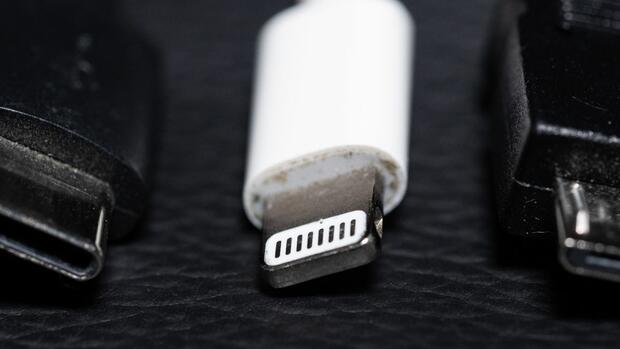Brussels/Strasbourg According to them, the regulation applies, for example, to smartphones, tablets, cameras, headphones and portable speakers. The French Presidency also confirmed an agreement. In addition, the Parliament was able to enforce in the negotiations that, for example, laptops, e-readers, keyboards and computer mice, navis, smartwatches and electronic toys are also included, as long as the devices are large enough for a corresponding connection – whereby there is a longer transition period for laptops. In the future, it will also be possible to buy the device and charger as well as the charging cable separately. The new law will only apply from mid-2024 The EU states, on the other hand, have achieved in the negotiations that the new law will only apply from mid-2024. Parliament wanted the rules to come into force earlier. Both the EU countries and the European Parliament have yet to formally approve the agreement. But this is considered a formality. The Association of Municipal Enterprises (VKU) welcomed the result of the negotiations: “The best waste is still the one that is not created in the first place.” The project saves resources and nerves of consumers, said a spokesman. Among other things, the companies organized in the VKU are responsible for waste disposal. Legal requirements for charging cables – more precisely, charging sockets – have been wrestled with for a long time. More than ten years ago, the Commission first raised the charging cable issue. 14 manufacturers – including Apple – agreed on a self-commitment to a uniform standard for mobile phone power supplies. As for the sockets in smartphones and tablet computers, three of the once several dozen types remained: USB-C, Apple’s Lightning connector, as well as Micro-USB. According to the EU Commission, the scheme could save almost 1000 tons of e-waste. Currently, an estimated 11,000 tons of electrical waste are generated annually by disposed and unused chargers. However, critics fear that the EU approach could come to nothing, as old chargers could no longer be used and USB-C has become increasingly popular as a standard for electrical appliances in the past anyway.









